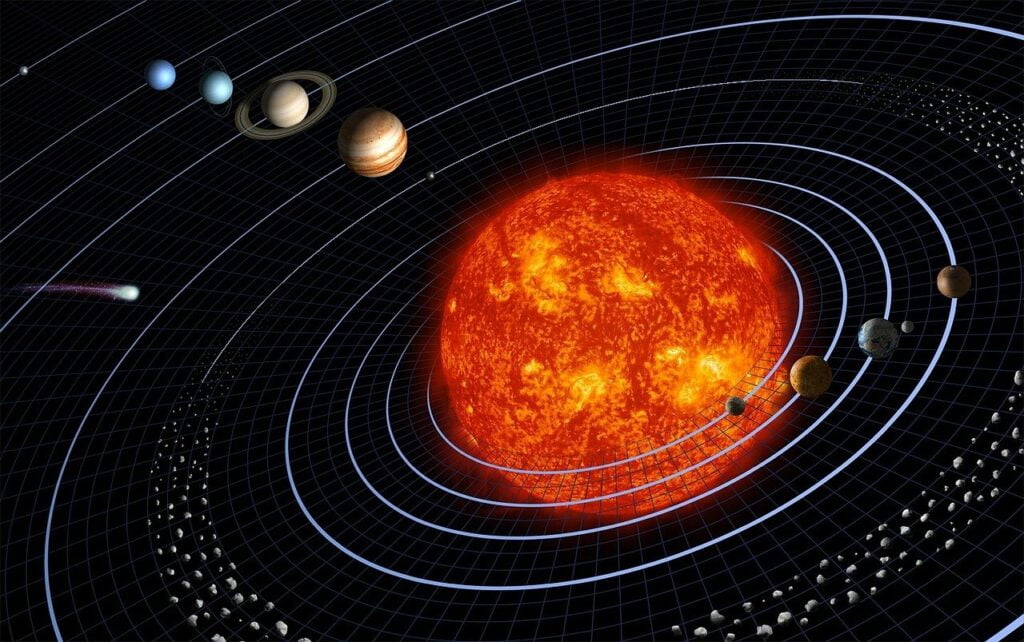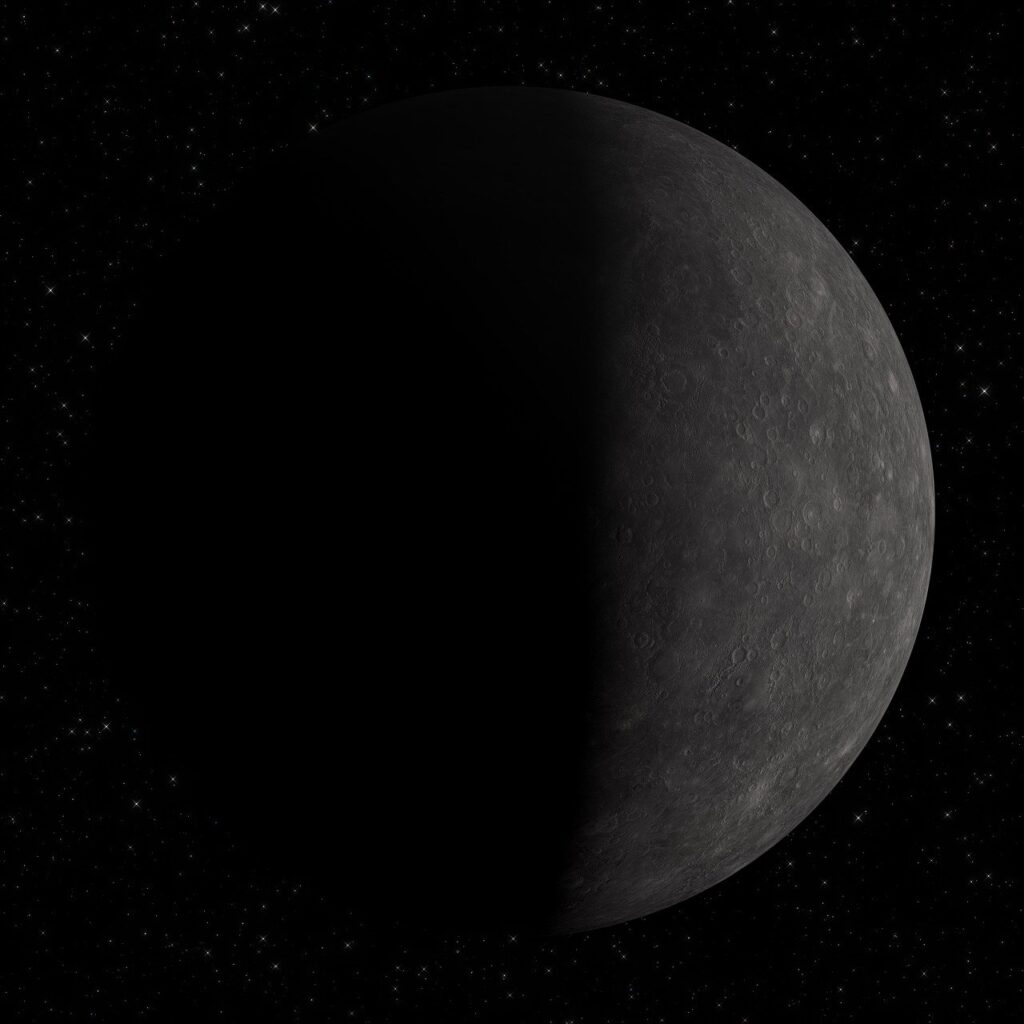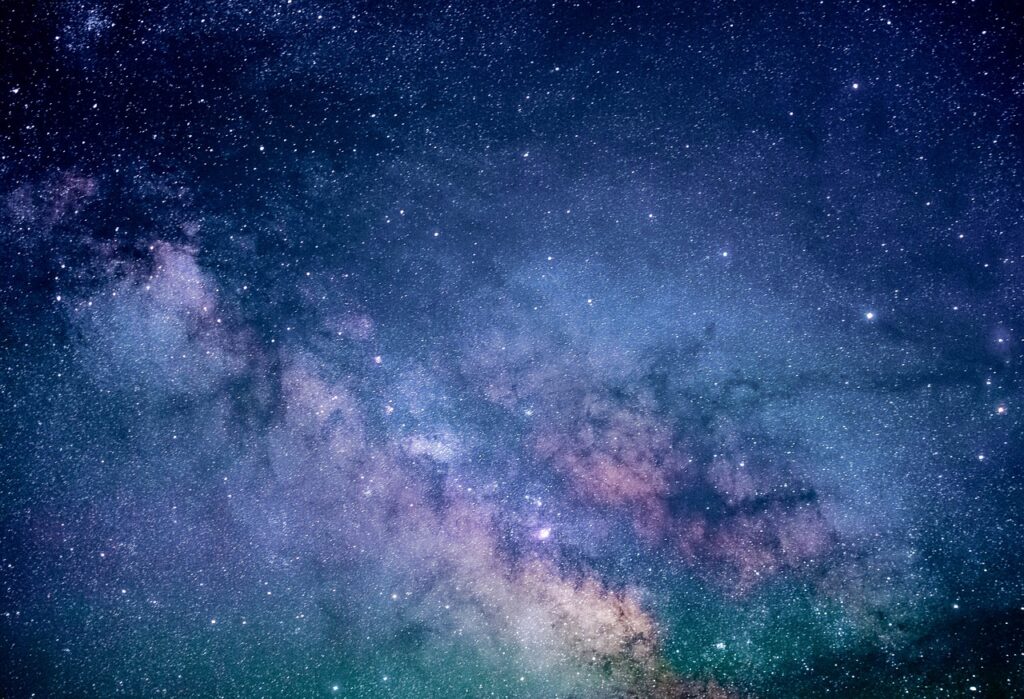
Imagine a celestial tapestry woven with stars, each one unique in its brilliance, color, and life cycle. To unravel this tapestry, astronomers rely on a system of stellar classification, a cosmic code that unlocks the secrets hidden within each twinkling point of light. Today, we embark on a journey to decipher this code, exploring the fundamental tools that guide us through the vast and diverse realm of stars.
The Hertzsprung-Russell Diagram
Our first stop is the Hertzsprung-Russell (HR) diagram, a crucial roadmap for understanding stars. This ingenious chart plots a star’s luminosity, its intrinsic brightness, against its surface temperature. Imagine a starry canvas where the hottest stars blaze brightly towards the top right, while cooler stars fade towards the bottom left. This simple yet powerful visualization reveals a fundamental truth: stars come in a stunning variety of sizes and temperatures. Massive stars, like the blue giants, dominate the upper right corner, radiating intense heat and light. In contrast, diminutive red dwarfs, barely visible on the bottom left, emit a faint, reddish glow. This diagram serves as the foundation for further classification, grouping stars based on their position within this celestial map.

The Spectral Alphabet: Decoding the Language of Light
Next, we delve into the realm of spectral classification, where the secrets of a star’s surface temperature are unveiled. Imagine passing starlight through a prism, separating it into a rainbow of colors. This spectrum, like a fingerprint, reveals the unique chemical composition and temperature of the star. Astronomers have devised a clever system where stars are assigned letters (O, B, A, F, G, K, M) based on the prominent features in their spectra. O stars, the hottest and most massive, exhibit strong helium and nitrogen lines, while cooler M stars, like our Sun, showcase prominent lines of hydrogen and calcium. This spectral alphabet provides a powerful tool for pinpointing a star’s position within the stellar zoo.
Beyond Temperature: The Luminosity Class
While spectral class reveals temperature, another key aspect of stellar classification is luminosity class. This system, denoted by Roman numerals (I, II, III, etc.), indicates a star’s size and evolutionary stage. Imagine a main sequence star, like our Sun, confidently striding across the HR diagram, steadily fusing hydrogen into helium. This corresponds to a luminosity class of V, signifying a star in its prime. However, as stars age, they evolve, morphing into giants or supergiants, their luminosity class changing to reflect their growing size and dimming light. By combining spectral class and luminosity class, astronomers gain a comprehensive understanding of a star’s characteristics, unveiling its past, present, and even its potential future.
Types of Stars
Now, equipped with the tools of classification, let’s embark on a tour through the captivating spectrum of stars themselves. Buckle up, for we’re about to witness the incredible diversity and awe-inspiring life cycles of these celestial wonders.
Main Sequence Stars
Most stars, including our beloved Sun, belong to this illustrious group – the main sequence stars. Imagine a vibrant nursery where stars are born, fueled by the nuclear fusion of hydrogen into helium in their cores. This process releases immense energy, making them shine brightly on the HR diagram. Our Sun, a typical yellow dwarf, exemplifies this stage, steadily fusing hydrogen for billions of years. However, the main sequence isn’t a uniform club. Low-mass stars, like red dwarfs, burn fuel frugally, living for trillions of years but emitting a faint, reddish glow. Conversely, massive stars, like blue giants, burn fiercely and hot, dominating the upper echelons of the HR diagram but living fast and furious lives for only millions of years.
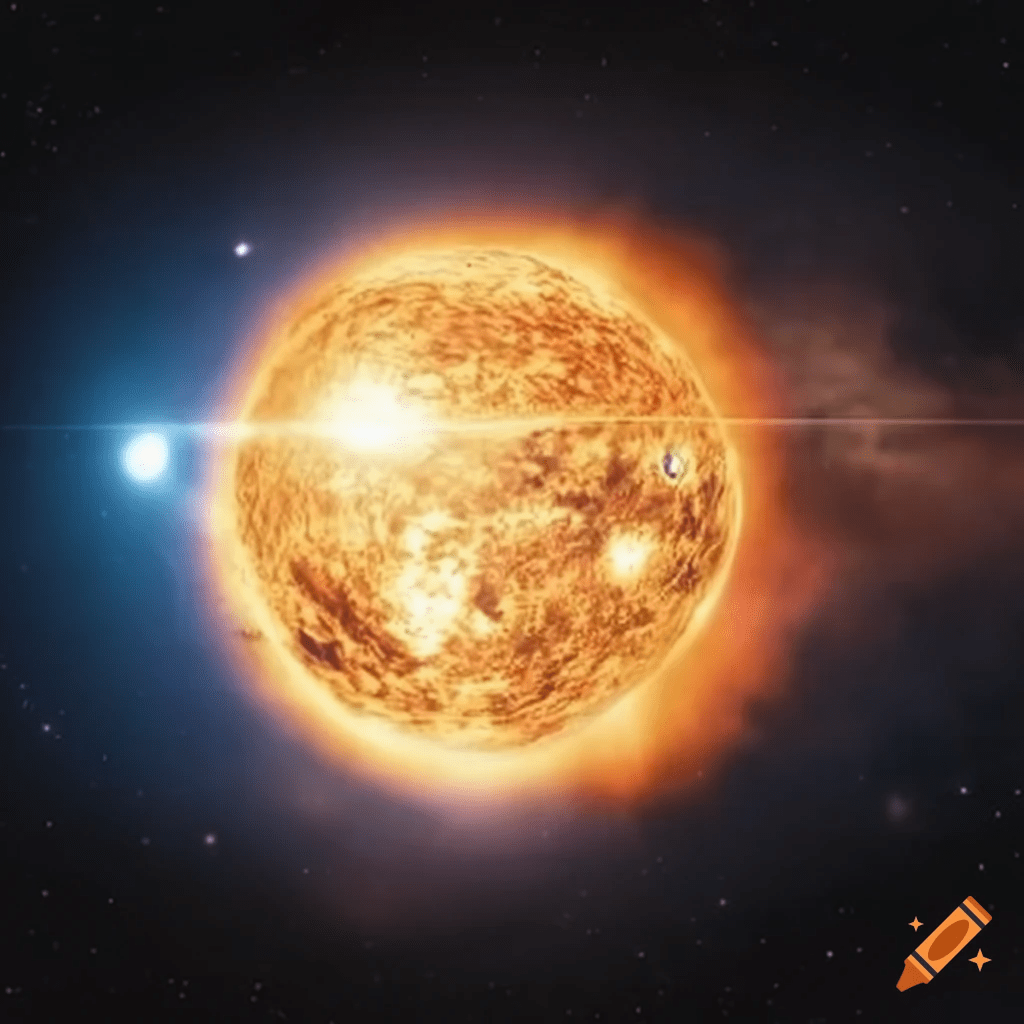
Red Giants
As stars like our Sun age, their hydrogen fuel in the core depletes. To compensate, they start fusing hydrogen in a shell surrounding the core, causing the core to heat up and expand dramatically. This inflation transforms them into red giants, occupying the upper-right corner of the HR diagram. Betelgeuse, the red supergiant in Orion, serves as a magnificent example, boasting a radius hundreds of times larger than our Sun. While red giants are cooler than their main sequence counterparts, their vast surface area makes them luminous, bathing their surroundings in a reddish hue.

Credit: NASA’s Goddard Space Flight Center/Chris Smith (KBRwyle)
White Dwarfs
Red giants don’t last forever. Eventually, they eject their outer layers, forming magnificent planetary nebulae like the Ring Nebula. What remains is the hot, dense core, a white dwarf – the ember of a once-mighty star. Imagine squeezing the Sun’s mass into a sphere the size of Earth; that’s the incredible density of a white dwarf! Composed primarily of carbon and oxygen, it cools slowly over billions of years, eventually fading into a dark ember known as a black dwarf.
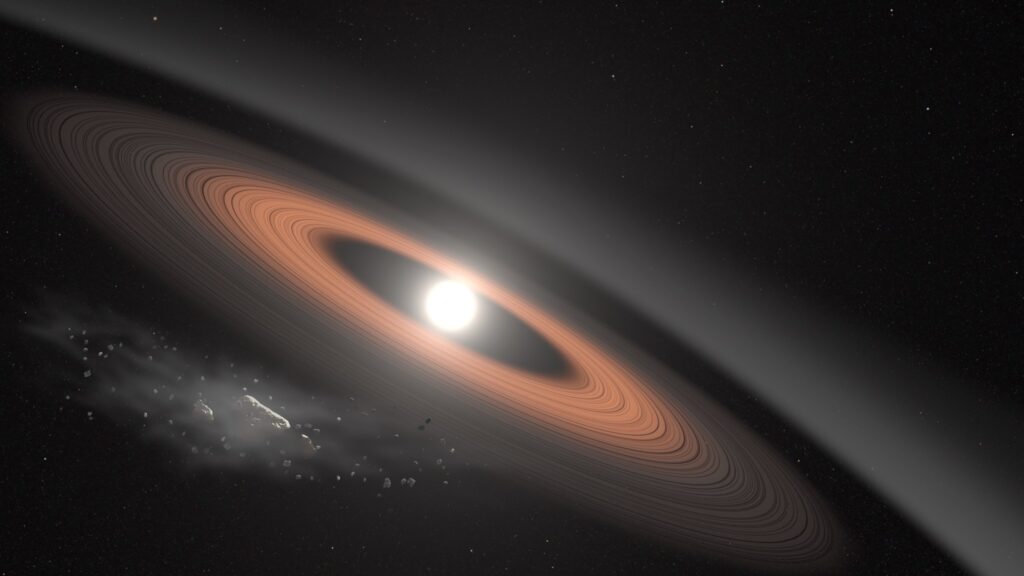
Credit: NASA’s Goddard Space Flight Center/Scott Wiessinger
Neutron Stars and Pulsars
But what happens to the most massive stars? Their fiery demise culminates in a spectacular supernova explosion, leaving behind a remnant unlike any other: a neutron star. Imagine packing the Sun’s mass into a city-sized sphere; that’s the mind-boggling density of a neutron star, where atoms are crushed into neutrons. These celestial marvels spin rapidly, emitting beams of radiation like cosmic lighthouses – pulsars – that sweep across the sky like celestial searchlights.

Credit: NASA’s Goddard Space Flight Center
Black Holes
Even more extreme are black holes, born when the cores of the most massive stars collapse under their own gravity. These cosmic leviathans possess such immense gravity that not even light can escape their grasp, shrouding them in an invisible veil. While we cannot directly observe them, their presence is betrayed by the influence they exert on their surroundings, warping spacetime and devouring matter with insatiable hunger.
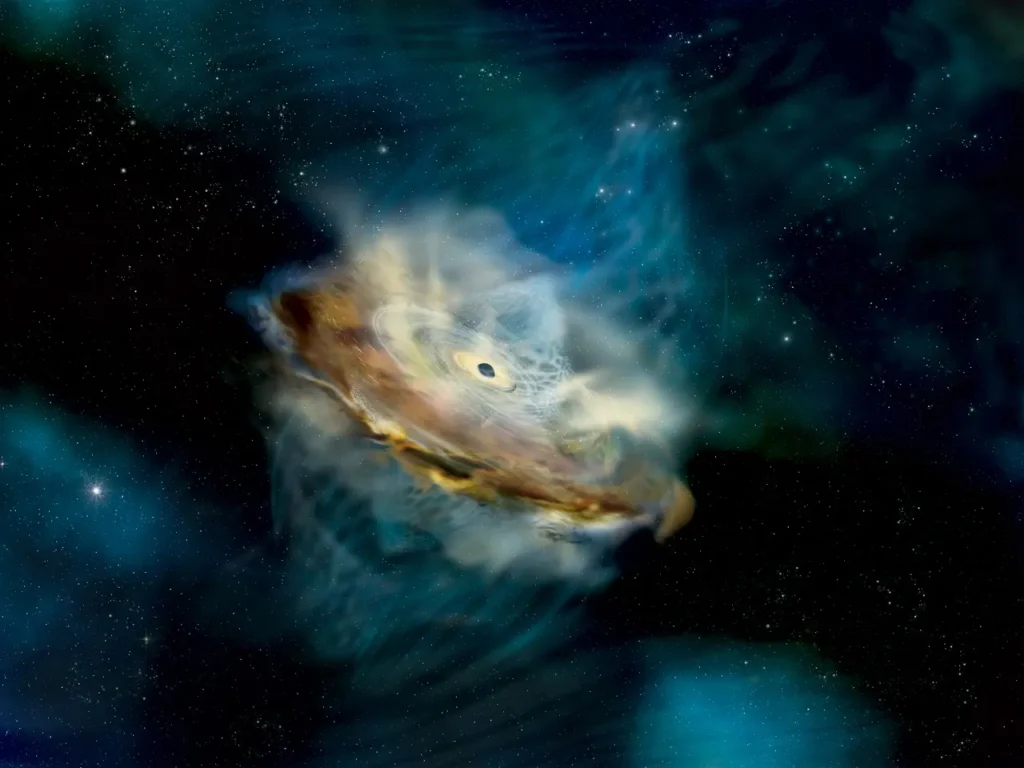
Red Dwarfs
While massive stars grab the spotlight, the universe is teeming with red dwarfs, the smallest and most common stars. These diminutive suns, barely a tenth the mass of our Sun, burn hydrogen slowly, potentially living for trillions of years. Although faint, they are prevalent, making up over 70% of the Milky Way’s stellar population. Some harbor potentially habitable planets, raising intriguing questions about life beyond our solar system.
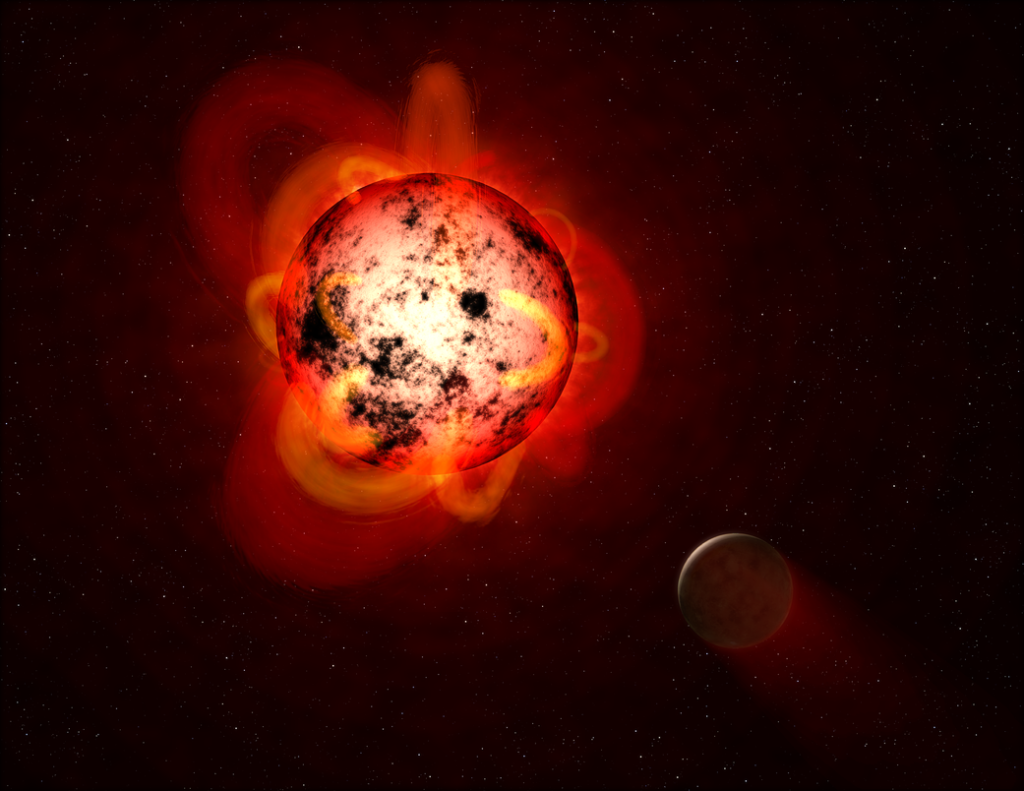
Exotic Stars
Our stellar journey wouldn’t be complete without mentioning some truly unusual stars. Wolf-Rayet stars are massive, hot stars spewing out prodigious amounts of gas, while hypernovae are even more energetic supernovae capable of producing elements heavier than iron. Variable stars pulsate rhythmically, offering valuable insights into stellar evolution. These are just a taste of the incredible diversity waiting to be explored in the vast stellar menagerie.
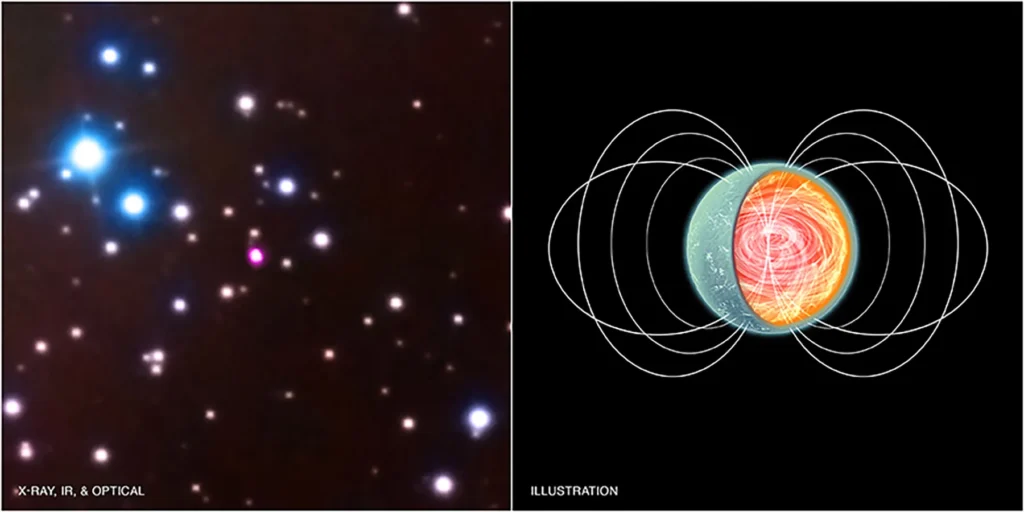
Conclusion
From the fiery birth of a blue giant to the ghostly embers of a white dwarf, our journey through stellar classification has unraveled a tapestry woven with variety and wonder. We’ve explored the Hertzsprung-Russell diagram, a celestial map guiding us through the diverse landscape of stars. We’ve delved into the secrets of their spectra, uncovering their temperatures and compositions. And we’ve witnessed the awe-inspiring life cycles of these cosmic wonders, from the steady fusion of main sequence stars to the dramatic transformations of red giants and the incredible densities of neutron stars and black holes.
You may also like
Mercury: The Closest Planet to the Sun
Venus: The Earth’s Twin or a Very Different Planet?
Mars: Comprehensive Exploration, unveiling the Mysteries
Jupiter: A Cosmic Giant – Symphony of Storms
Saturn: A Gaseous Giant with Enthralling Rings and Diverse Moons
Useful Links
General Space Exploration:
NASA: https://www.nasa.gov/
European Space Agency (ESA): https://www.esa.int/
Japan Aerospace Exploration Agency (JAXA): https://global.jaxa.jp/
Roscosmos (Russian Federal Space Agency): https://en.wikipedia.org/wiki/Roscosmos
Canadian Space Agency (CSA): https://www.asc-csa.gc.ca/fra/

